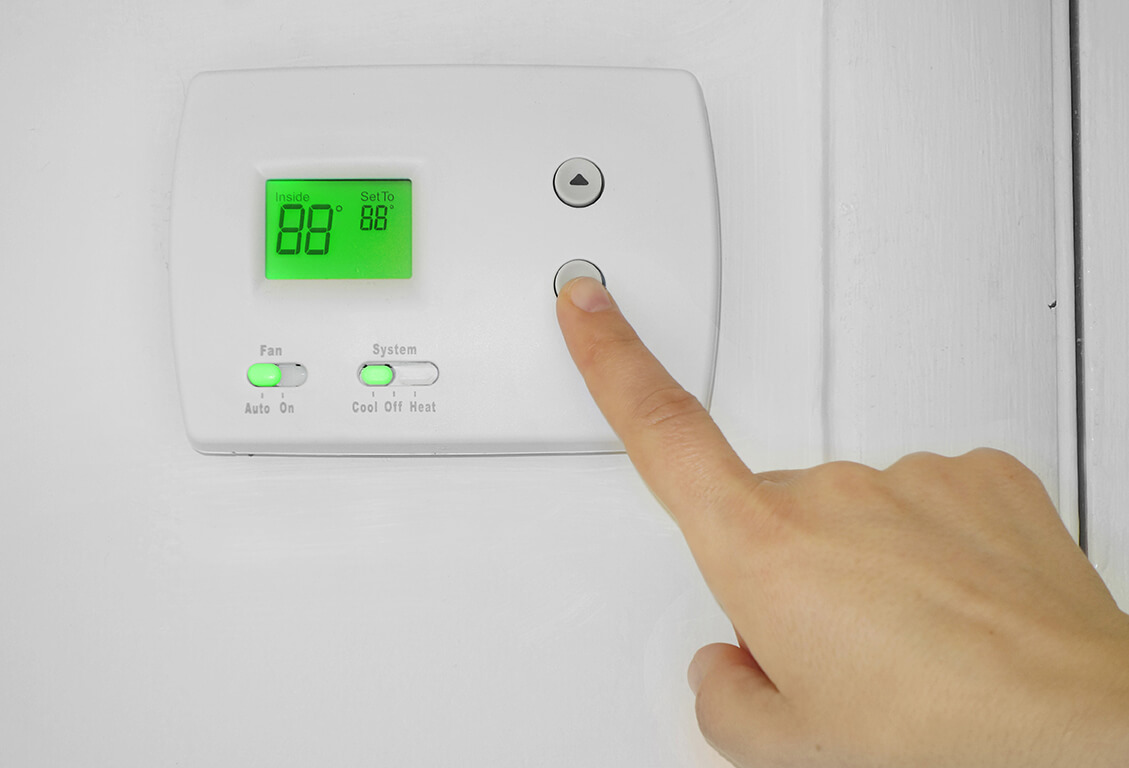
Grade Your Gutter Performance
Evaluating the health and effectiveness of your home’s rainwater management is one of the single most important things you can do as a homeowner. Water intrusion over time can and will lead to costly repairs and unsafe living conditions. Problems associated with water intrusion include
- Destabilization of the foundation of the house
- Wood rot under your siding, roof, etc which could lead to a termite infestation and unstable structure
- Introduction of microbial growth such as mildew or mold
The two major areas that rainwater can enter our house are the roof and the ground – and a properly working gutter system will help with both. Clean gutters help clear the rain water away quickly thereby increasing the lifespan of the roof. And as far as the groundwater, consider this: 10 inches of rain over the course of a season could yield up to 8,160 gallons of water pouring off an average sized roof. Imagine that much water right next to the foundation of your house! Diverting the water away via downspout extensions is paramount to keeping a basement dry.
Identifying Potential Problems
Gutter Blockages – Either caused by leaves, debris, or clogged drain pipes, a blockage is a serious problem that can cause rainwater to either pool around the roof or spill over the sides of the gutter. If left untreated, clogged or otherwise nonfunctional gutters will lead to wood rot and roof leaks.
Clogged Downspout – Whereas a functional downspout would have water pouring out during a rainstorm, a clogged one would have little to no water draining (with possible spillover from the gutter above). If your drain pipes are difficult to see because they are underground, try to find the discharge point and make sure that it is clear. Over time, this drainage system can get broken or blocked by tree roots as most older homes had drain pipes made of clay or tile. If you are unable to identify where the pipe empties, it is suggested to abandon the system and utilize an above ground downspout.
Not Enough Downspouts – The general rule is to have a downspout for every 35 ft of gutter to allow adequate drainage.
Detached or Loose Gutters – If there is any space between the roof and the gutter (usually due to old spikes working themselves out) the rain will run off the side of your roof like a waterfall. When this happens, the ground underneath the affected side will erode.
Improper Sloping – If there is standing water in your gutter that is not caused by a blockage, the slope will need to be readjusted. The ideal slope is a quarter of an inch for every 10 feet. Sagging gutters are often caused by loose hangers or brackets and can be easily fixed.
Pooling near the foundation – Ideally there should be a 1.5 – 3ft perimeter around your house that remains dry at all times. If you observe water pooling around your foundation, a leaky basement/foundation problems are sure to follow. Proper grading (sloping the ground down and away from your house) is helpful but will not last if the soil is eroding with each rainfall. If water is spilling off the sides of the roof, check the gutters for clogs or gaps between the gutter and the roof. If the pooling water is coming from a downspout, adding a downspout extension and splash guard is paramount.
Gutter System Checklist
- Safety first. Make sure you can safely get up on a ladder (preferably with a ladder standoff to avoid denting the gutter with the ladder) and avoid working from the roof.
- Consider gloves and safety goggles. Have a bucket that can hang from your ladder.
- Start with the drain pipes and clear them of debris
- Remove leaves and debris from gutters (a plastic spatula is the perfect tool)
- Rinse gutter with a garden hose and
- Assess gutter grading to make sure that water is sloping toward the drain pipe
- Look for any leaks or cracks in the seam and fix with a sealant once dry
- Check for gaps between the roof and the gutter (this will need to be reattached – check with your hardware store for the best methodology with your current system)
- Add downspout extensions to keep the rain water away 4 to 6 ft from your foundation
Researched and Written By Carolyn Lander



